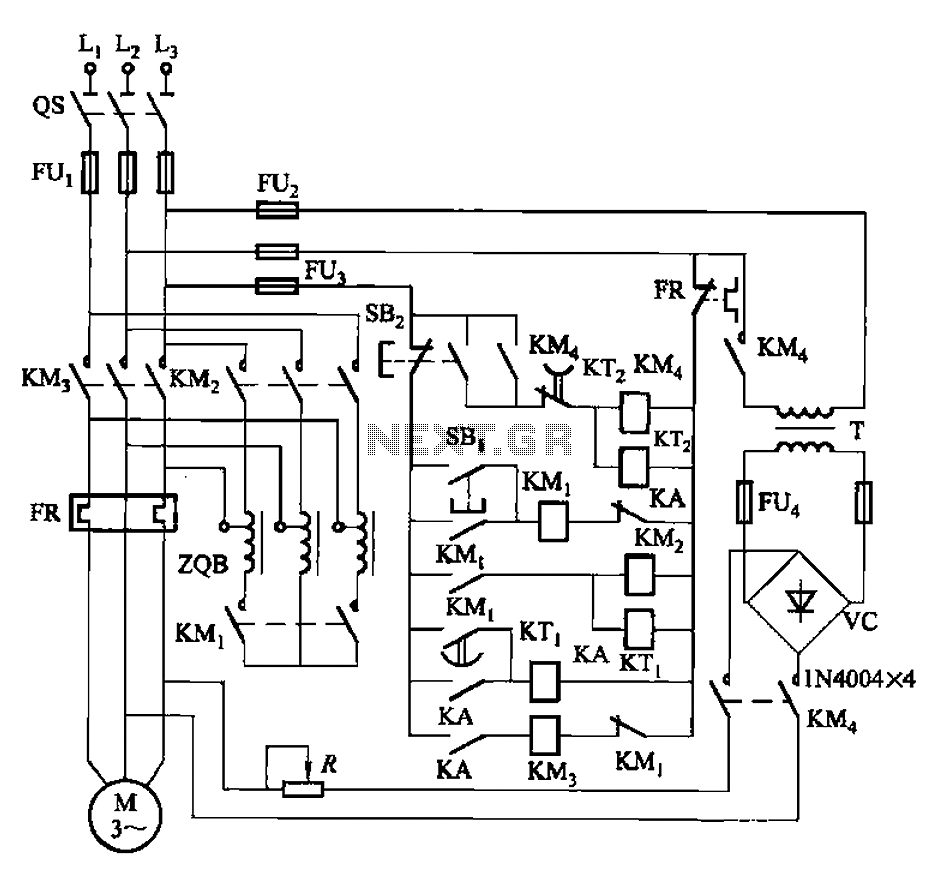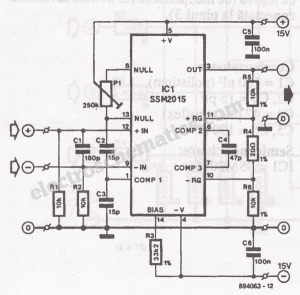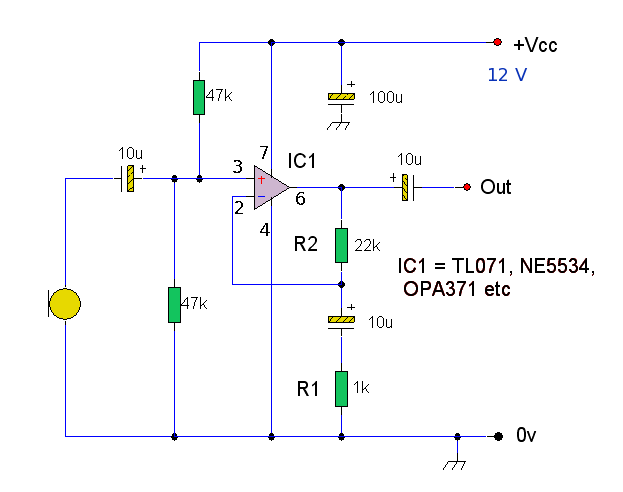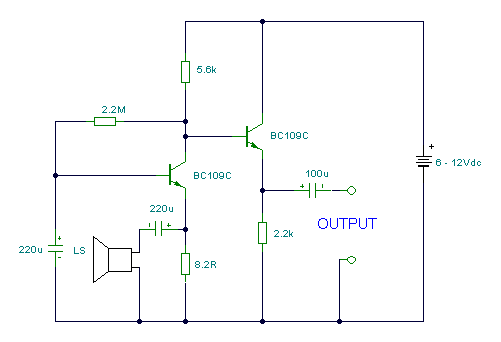
Dynamic Microphone Pre-Amplifier
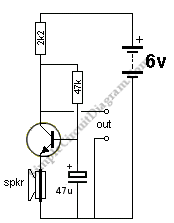
Dynamic microphones utilize a moving coil within a magnetic field to convert mechanical movements into electrical signals. An ordinary mini speaker can be transformed into a...
Dynamic microphones operate on the principle of electromagnetic induction. When sound waves hit the diaphragm of the microphone, it causes the diaphragm to vibrate. This vibration moves the attached coil within a magnetic field, generating a varying electrical current that corresponds to the sound wave's frequency and amplitude. The construction typically involves a diaphragm made from a lightweight material, such as mylar or plastic, which is coupled to a coil of wire placed in the vicinity of a magnet.
The resulting electrical signal can then be amplified, processed, or recorded, making dynamic microphones ideal for various applications, including live sound reinforcement and studio recording. They are particularly well-suited for high sound pressure levels, such as those encountered in vocal performances and musical instruments, due to their durability and ability to handle loud sounds without distortion.
In addition, dynamic microphones are often characterized by their low sensitivity to background noise and feedback, which makes them popular choices for live settings. Their robust design ensures reliability and longevity, making them a staple in both professional and amateur audio environments. The transformation of a mini speaker into a microphone involves repurposing the speaker's transducer elements, allowing it to function similarly to a dynamic microphone by capturing sound waves and converting them into electrical signals. This process can involve modifications to ensure proper impedance matching and signal integrity.Dynamic microphone uses a moving coil around magnetic field to convert mechanical movement into electrical signal. The ordinary mini speaker is turned into a.. 🔗 External reference
Dynamic microphones operate on the principle of electromagnetic induction. When sound waves hit the diaphragm of the microphone, it causes the diaphragm to vibrate. This vibration moves the attached coil within a magnetic field, generating a varying electrical current that corresponds to the sound wave's frequency and amplitude. The construction typically involves a diaphragm made from a lightweight material, such as mylar or plastic, which is coupled to a coil of wire placed in the vicinity of a magnet.
The resulting electrical signal can then be amplified, processed, or recorded, making dynamic microphones ideal for various applications, including live sound reinforcement and studio recording. They are particularly well-suited for high sound pressure levels, such as those encountered in vocal performances and musical instruments, due to their durability and ability to handle loud sounds without distortion.
In addition, dynamic microphones are often characterized by their low sensitivity to background noise and feedback, which makes them popular choices for live settings. Their robust design ensures reliability and longevity, making them a staple in both professional and amateur audio environments. The transformation of a mini speaker into a microphone involves repurposing the speaker's transducer elements, allowing it to function similarly to a dynamic microphone by capturing sound waves and converting them into electrical signals. This process can involve modifications to ensure proper impedance matching and signal integrity.Dynamic microphone uses a moving coil around magnetic field to convert mechanical movement into electrical signal. The ordinary mini speaker is turned into a.. 🔗 External reference
